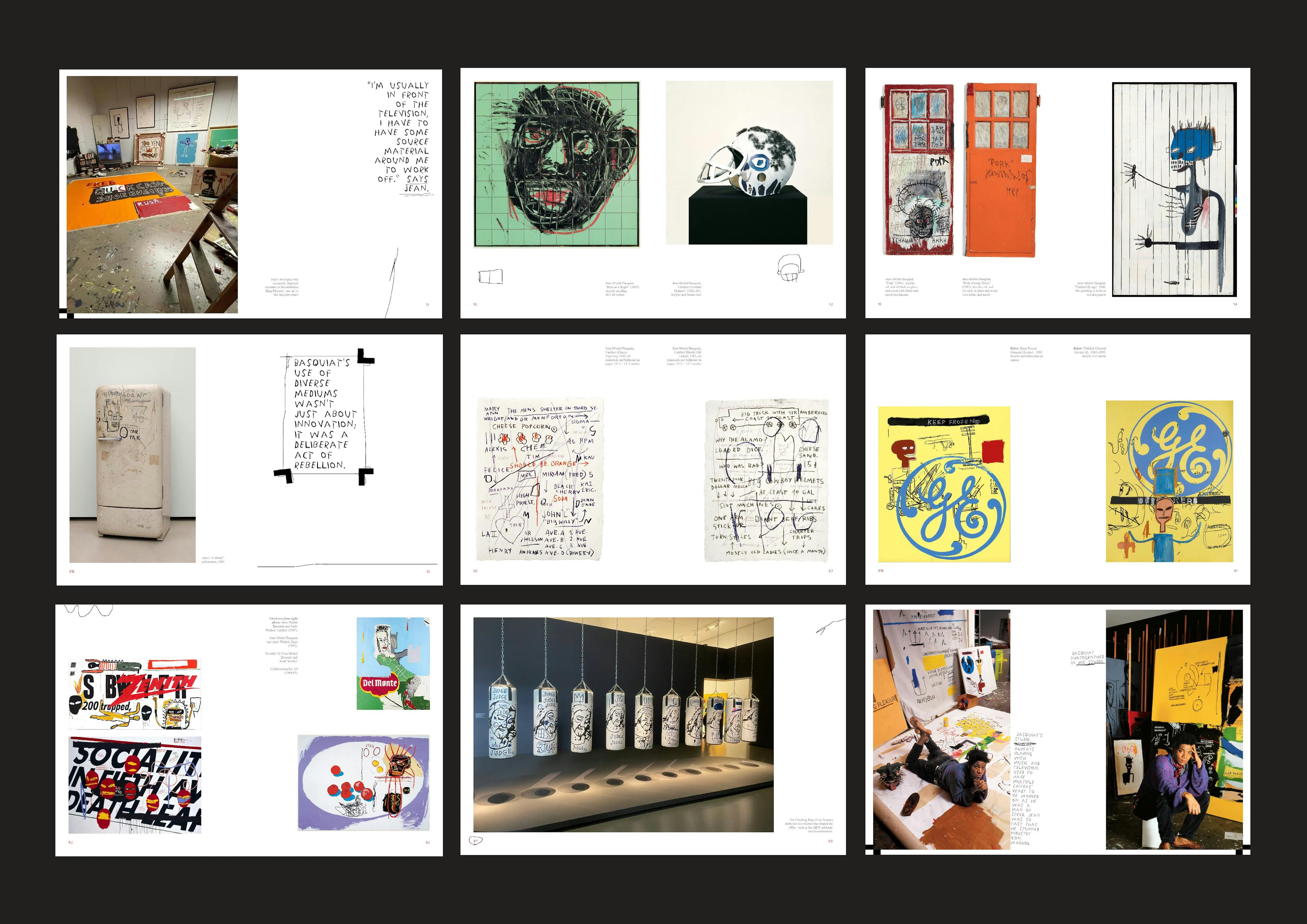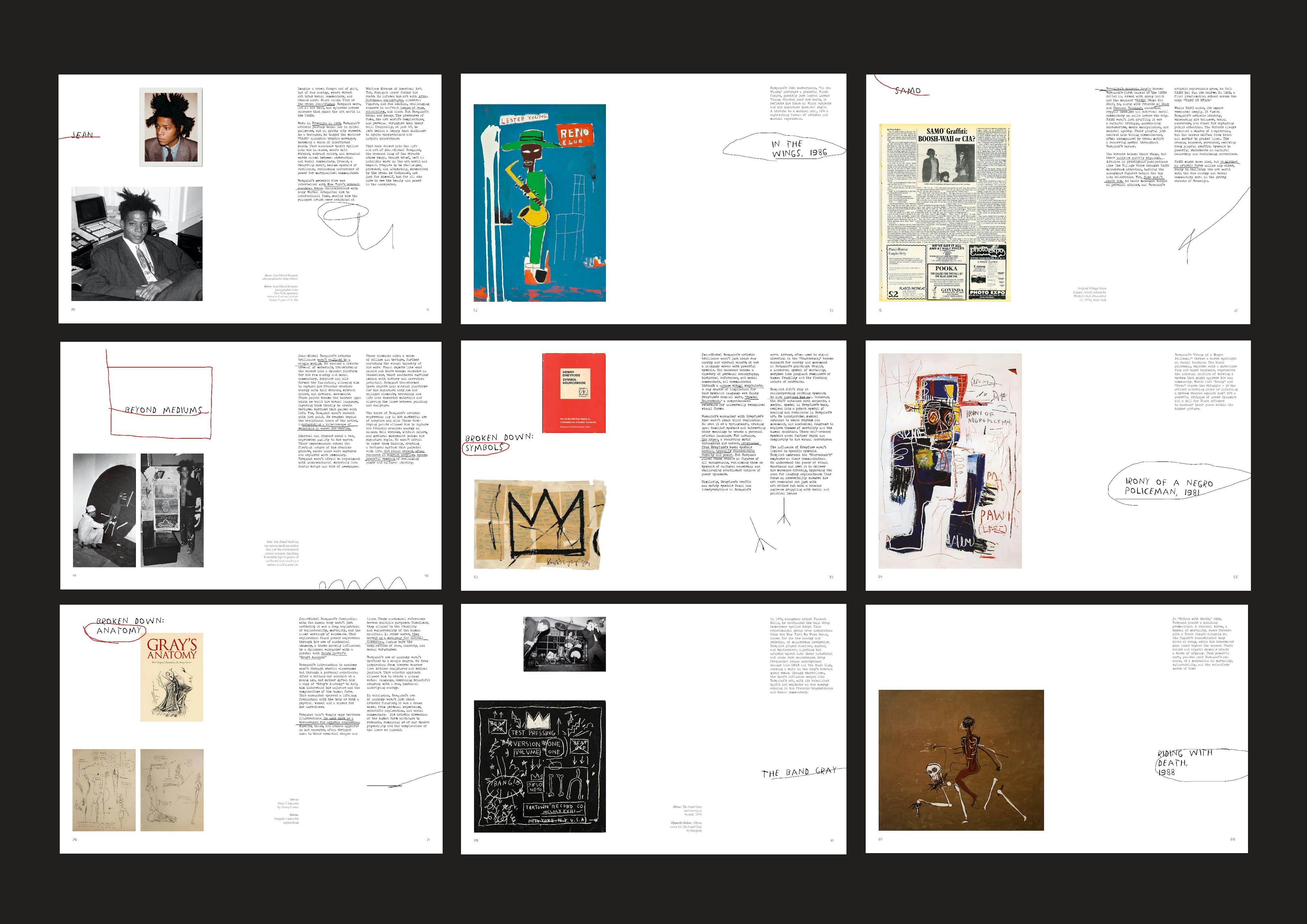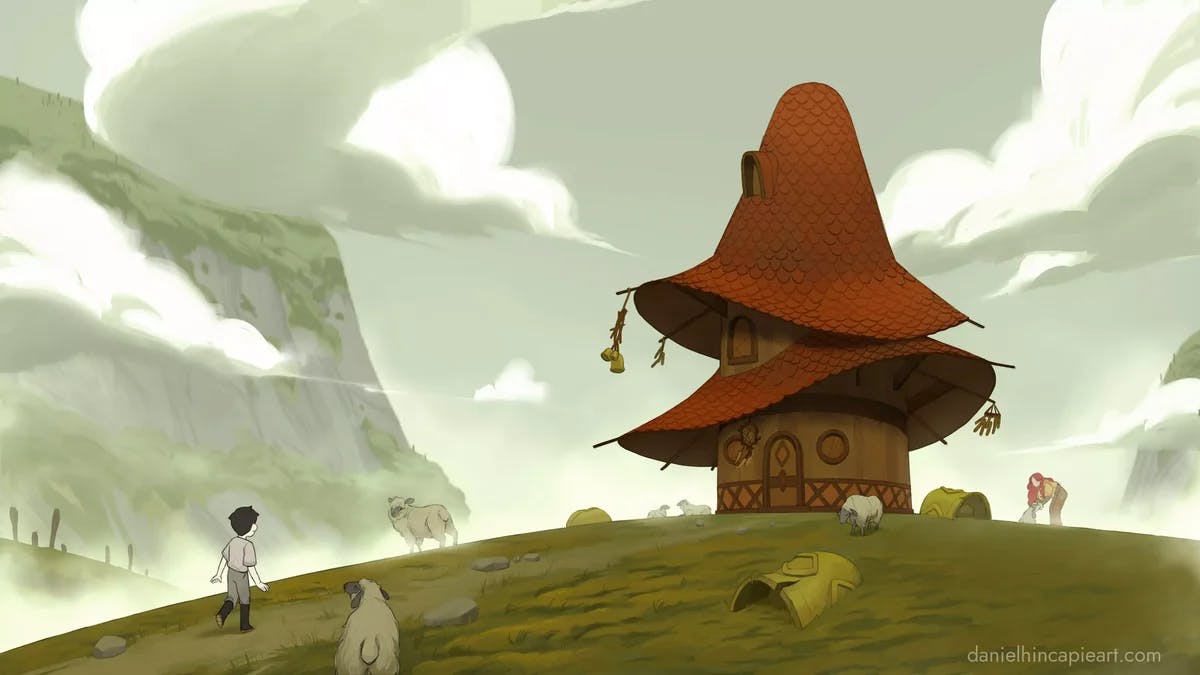
Daniel Hincapié
Illustrator
Concept Artist


Time really tells what survives and what doesn't. The unpredictability of change in preferences of our audience/the world always keeps us designers on our toes. A visual identity is necessarily a bridge between an organization and the people its targeting and our job in the industry commands us to execute that appropriately. History has shown us the best design systems, the ones that are so-called 'evergreen', are the ones that not only stay true and consistent to the company values, but are also ones that are designed in ways to accommodate change. Following trends and principles that might hit off at the particular time of its release is an unsustainable way of designing and is not something I endorse. A good visual system stands its ground through the test of time, and welcomes change with open arms. That will always be my goal as a creative.
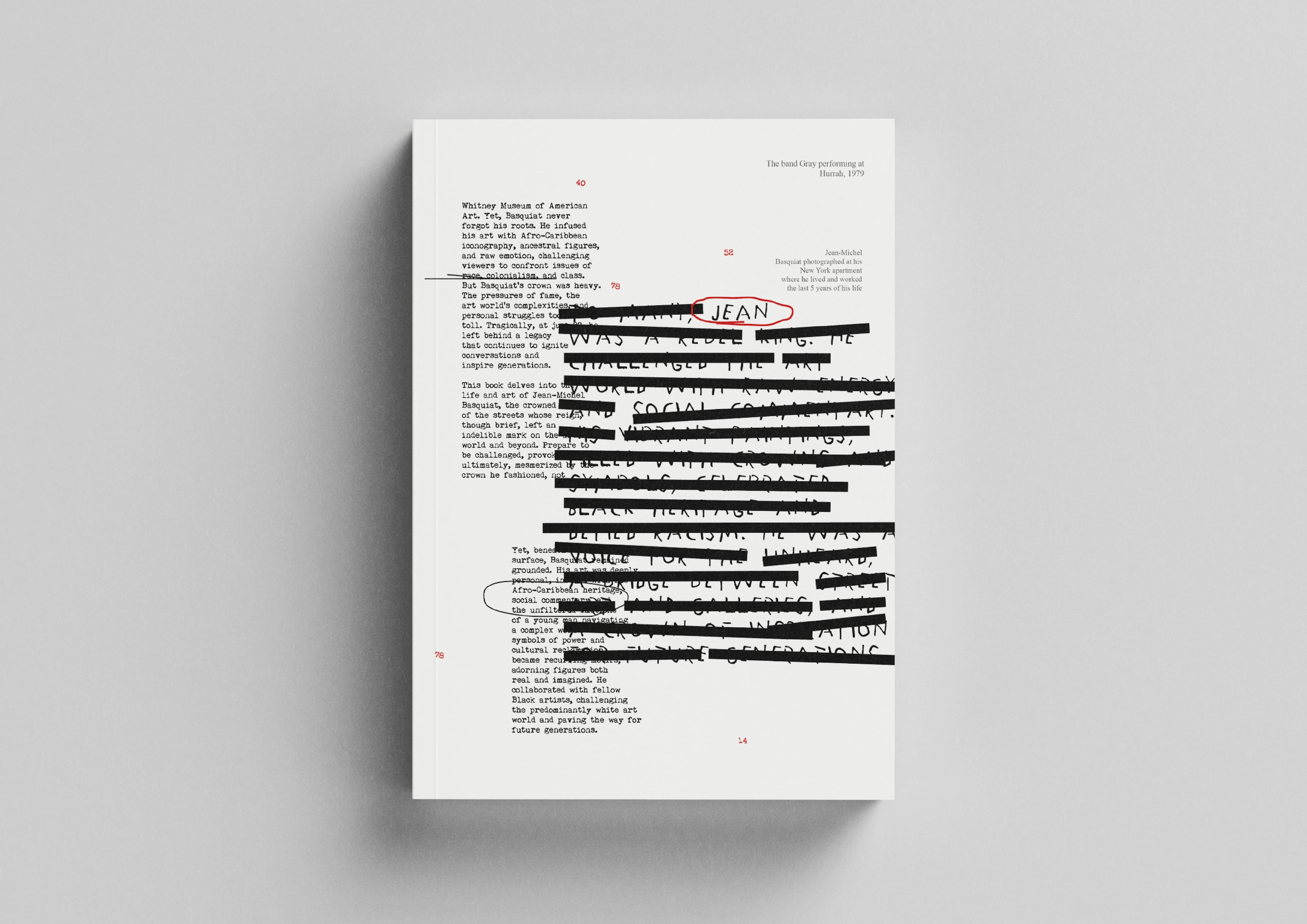
Pen on paper. Each opportunity requires its own tailored approach for an apt and appropriate result but the foundations for me always remains the same. Visual brainstorming cranked up to 10! Initial thoughts, ideas are all sketched down before moving into the different levels of research and fine tuning. What comes after are refined outcomes ready to be pitched and discussed. I stay true to this methodology whatever the job is. An algorithm that dictates my work is what I like to refer to it as.
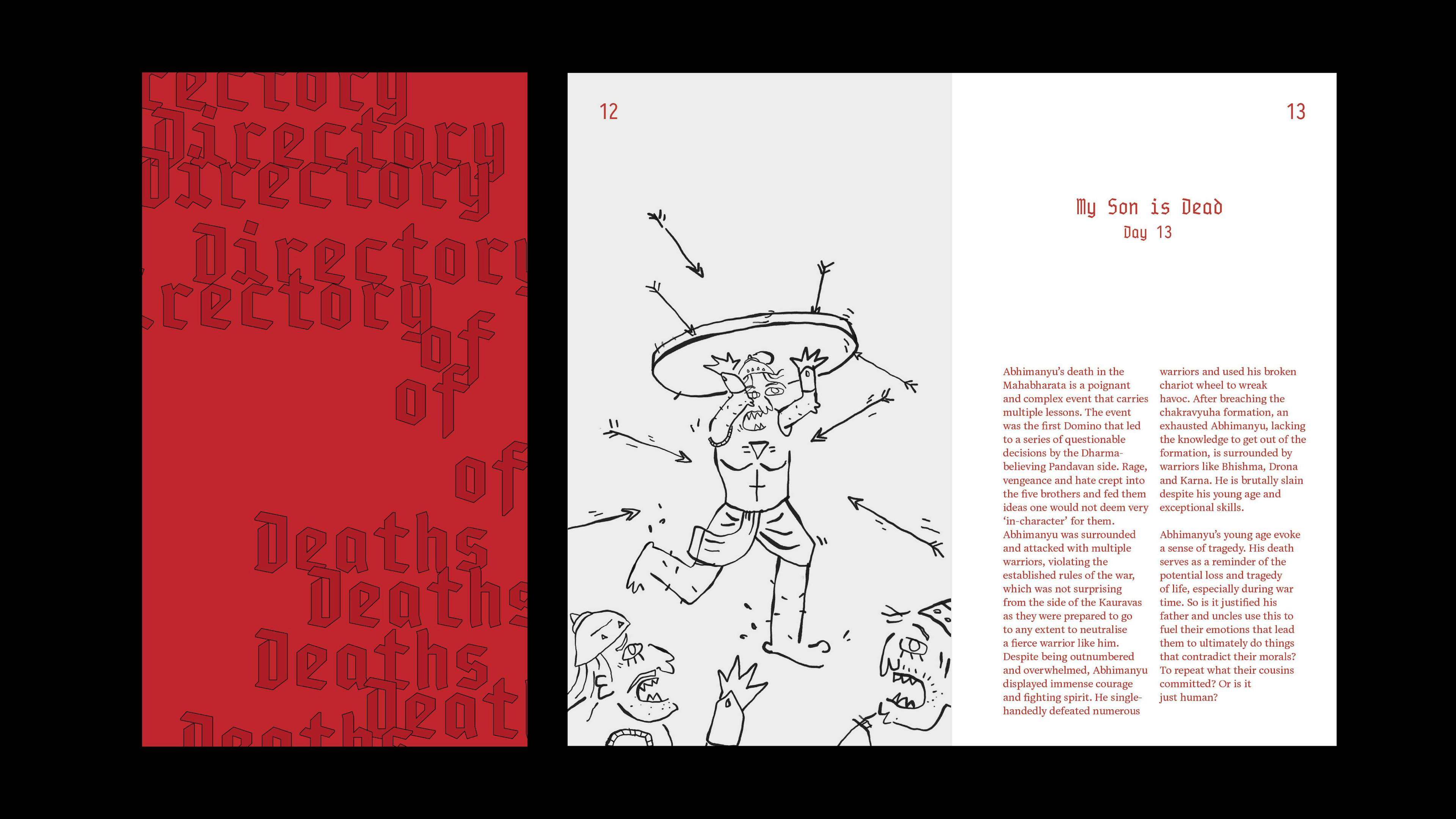

Client relations is a skill I picked up (Had to pick up as I believe it is necessary for anyone in the creative industry) in the years I've worked and put myself out there. And one thing that is so religiously required is transparency. It is key to make your client feel like they're an integral part of the creative process (which they absolutely are). We're responsible as acting as their creative facilitators, their advisors in order to achieve their vision. I make sure my client is involved in every stage of the process. It is only then they can respect what I do and I their requirements. It is a mutually beneficial way to work with someone and I highly recommend all creatives to treat their clients like 'team members'.
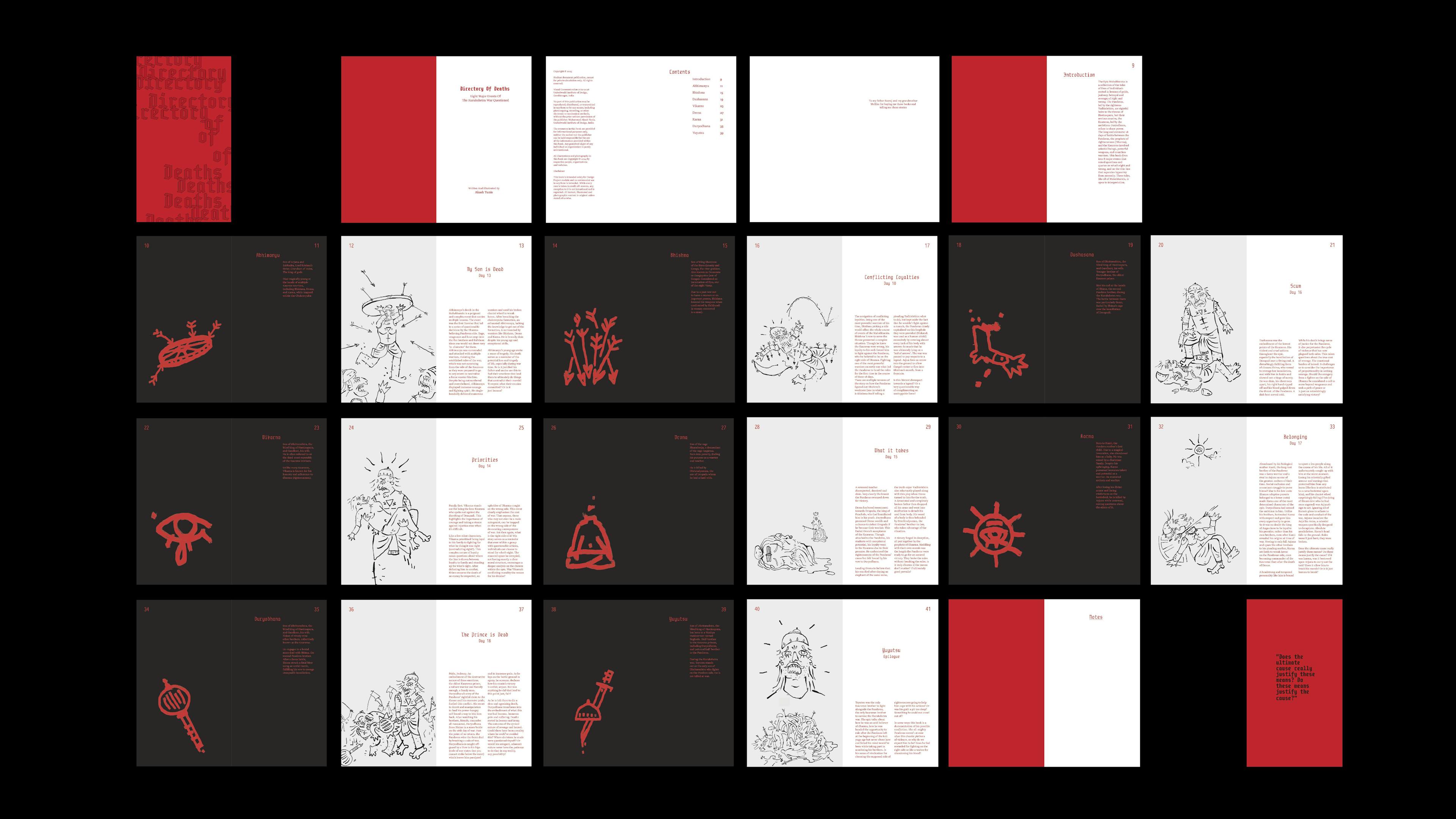

Since I was a child, I've absorbed whatever visuals I've seen. I've gulped it, engulfed it mentally. I believe it is a human quality a lot of us overlook. Digesting these visuals honestly sometimes feel like I'm feeding my brain ideas, techniques, creative approaches, to do's and not to do's. Flipping through a visually heavy book is an activity I refer to as 'downloading a new database'. These are the moments where I celebrate being an artist, a designer, a creative. A brief moment of belonging.
In the case of references, yes, the internet is absolutely a plethora of information I often find myself surfing through. Brand books, logo archives and platforms like behance and pintrest are some of my favourite corners of the internet. But my go to and a more reliable method of looking for inspiration personally are books. I always surround myself with a collection of design related or visually heavy books. Perry Chua's 'Best of Brochure Design Volume 10' and the life work of Pierre Bernard are two book i always flip through while in a rut. You can always find pictures of pages of books I came across with some inspiring visuals in my phone's gallery at all times. The internet acting as an easily accessible platform is definitely a boon but as a lover of print, I understand the work of screening information and putting out only the absolute best for production, hence my mini library being my main source of inspiration.
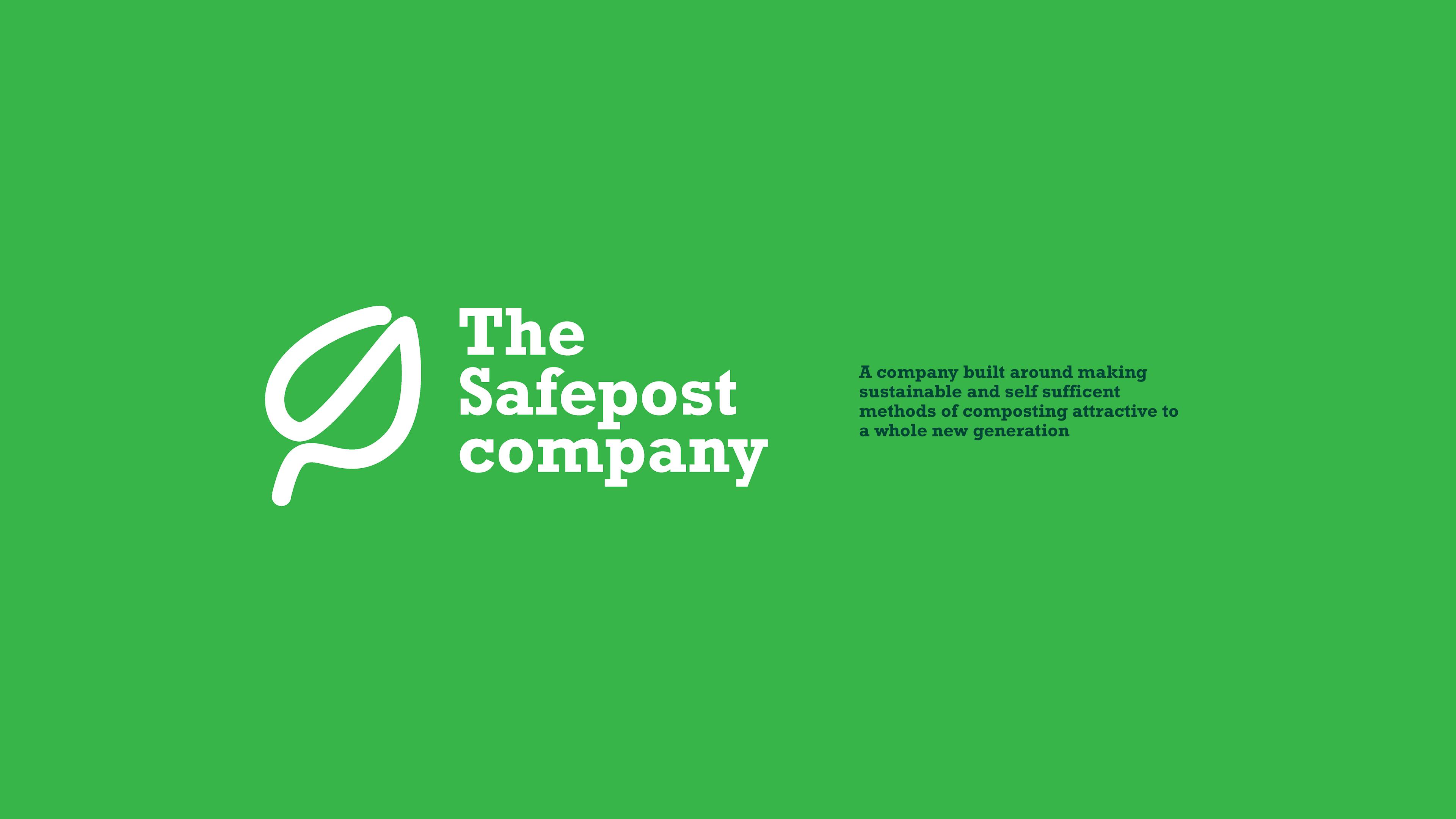
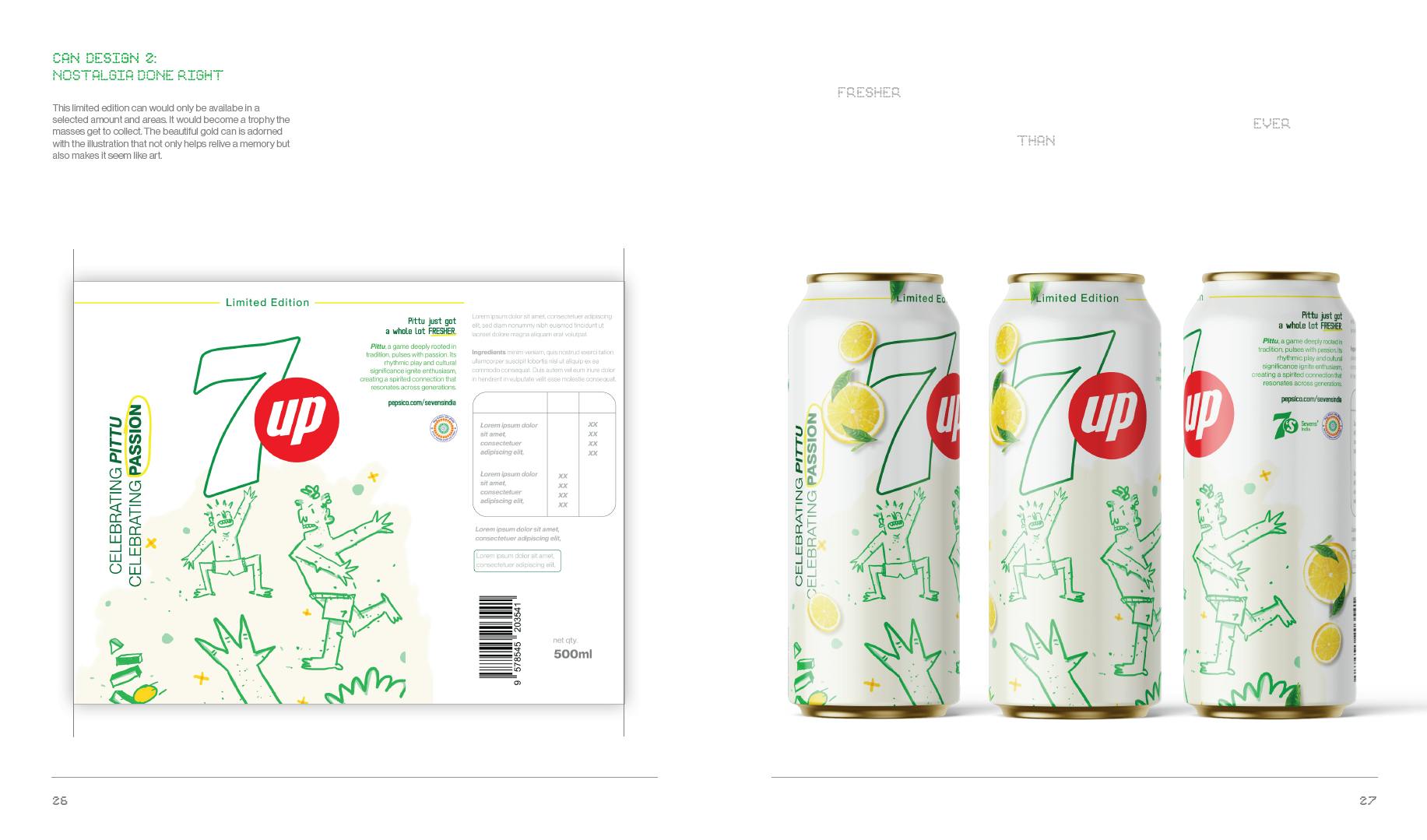
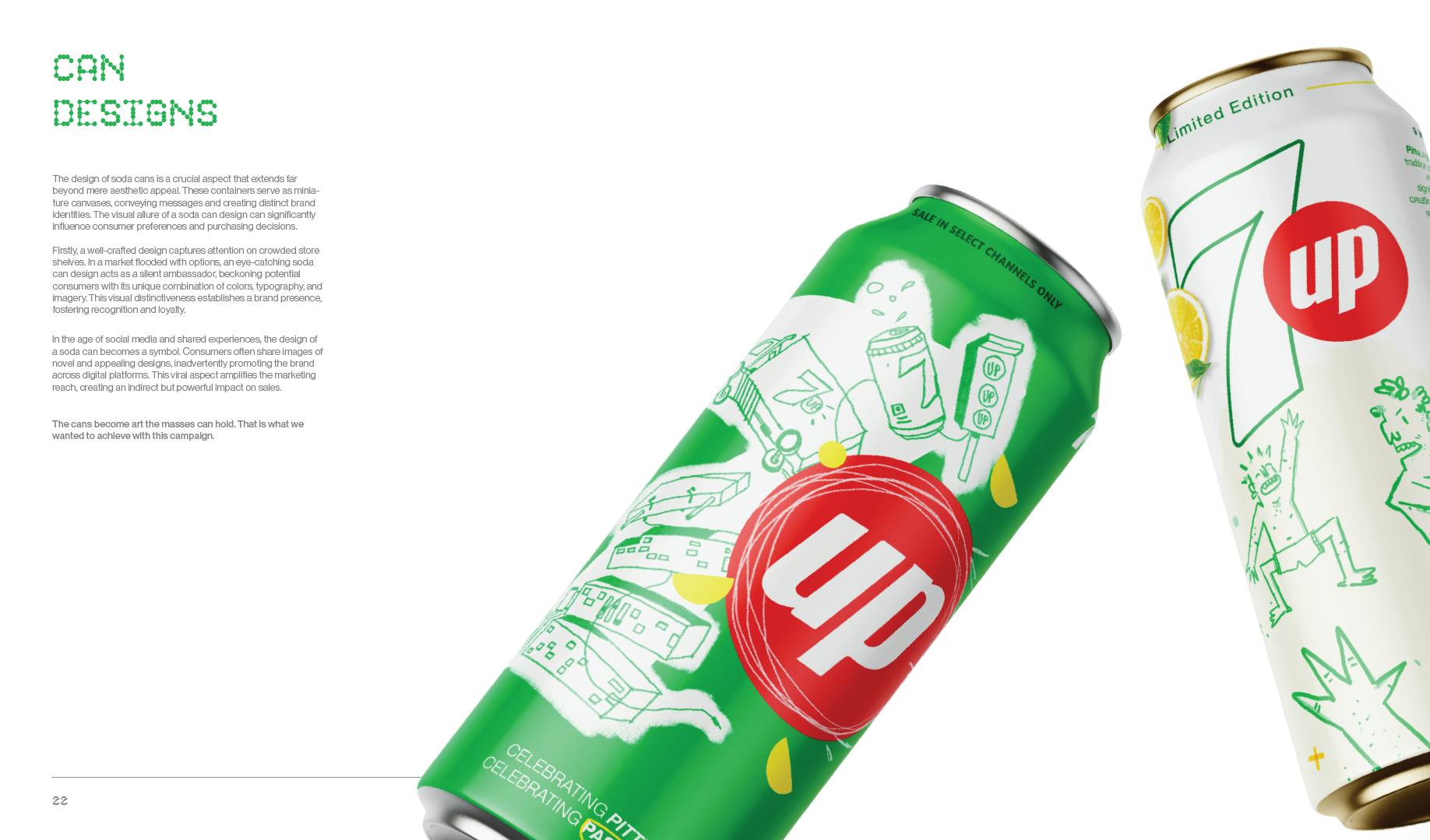
My first job as a creative was a branding project for a school's model UN event. The deliverables were the logo, typography basics and guides and designs for the winners’ plaques. It had just been a while since I started off my graphic design journey but I was confident with my abelites. I had charted out a course of action on how to grow creatively by then, but what I did not expect was how the business side of things were. I was faced with a school management scrutinizing my every decision and questioning my ability because they couldn't agree to the already undervalued rates I presented them. Since then, I didn't limit my growth to just the creative side of things, but also worked on how to build a business around myself and my abilities. I was fortunate enough to find out what my style was and what I wanted to be a specialist in. Since then I’ve worked with multiple agencies and numerous freelance projects while carrying my academics on the side.
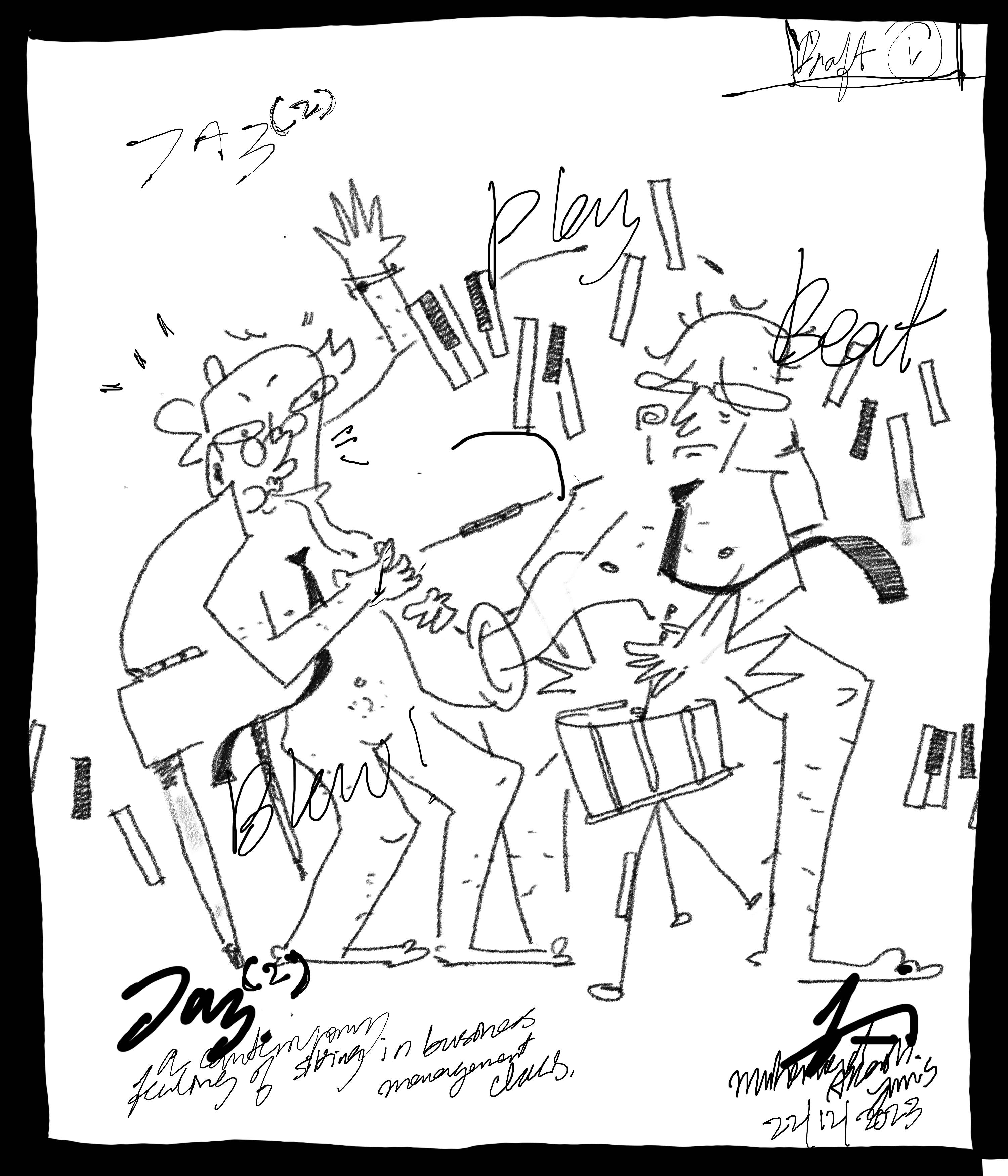
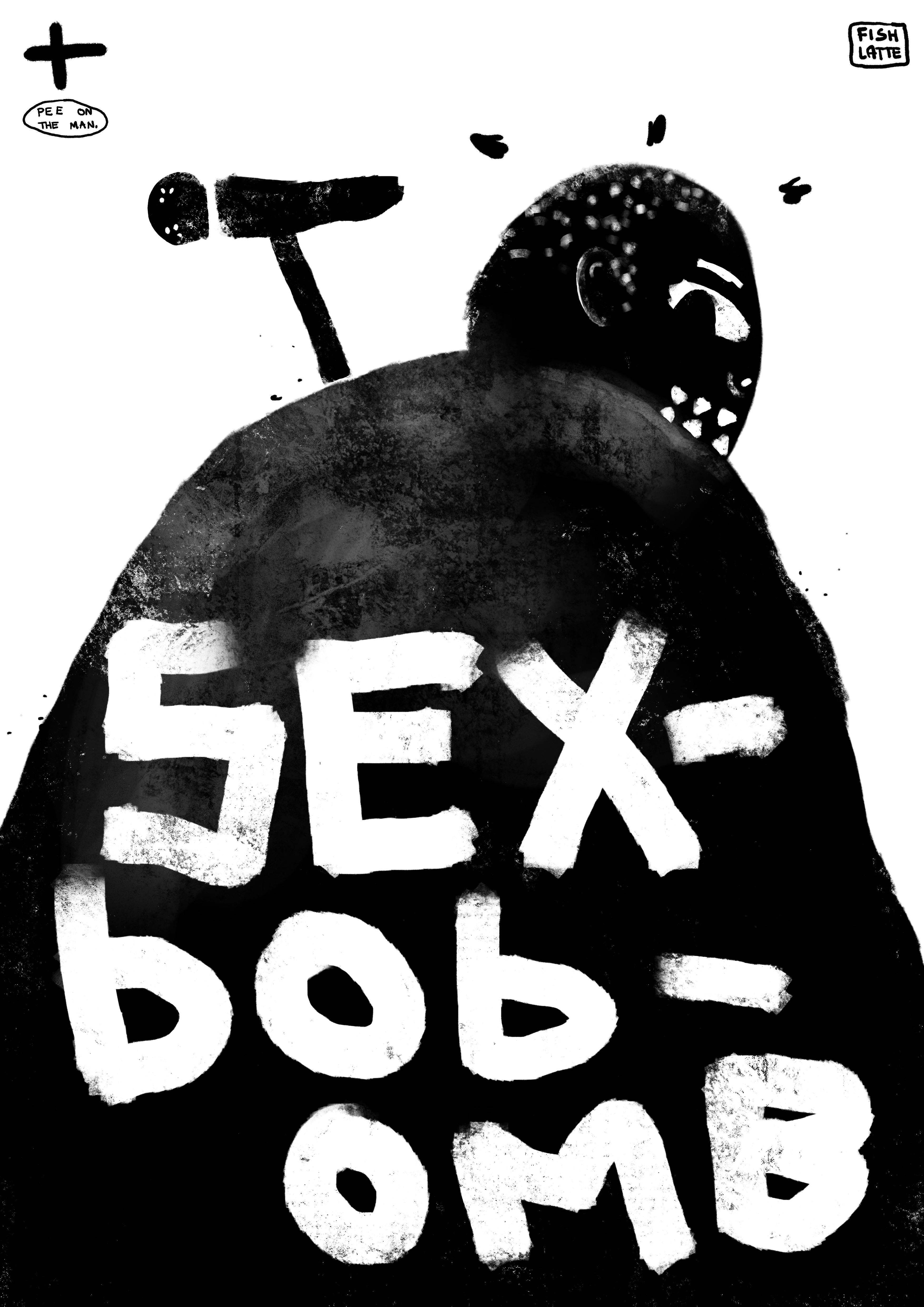

Working in a team in a creative aspect brings its own challenges definitely. But I've found myself finding common ground with my teammates after initial discussions and once our goal is clear, its aways been clockwork for me, for us. I love working in teams. Especially when the people I work with share the same enthusiasm. I've met some extraordinary people while working in groups who taught me things that they were outstandingly good in. I would absolutely be guilty of preferring to work alone but I would never turn down an opportunity to work with some driven and talented folks.
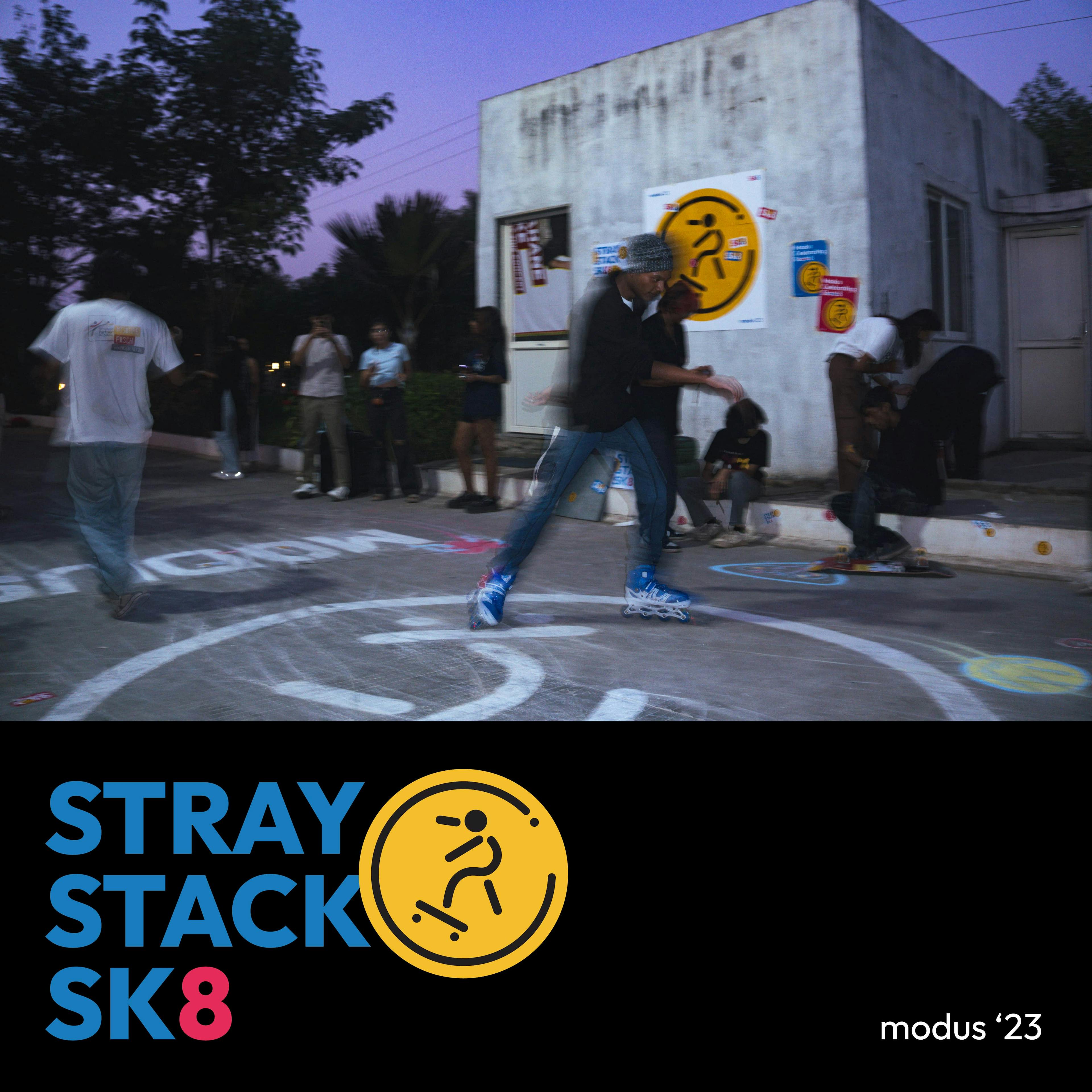
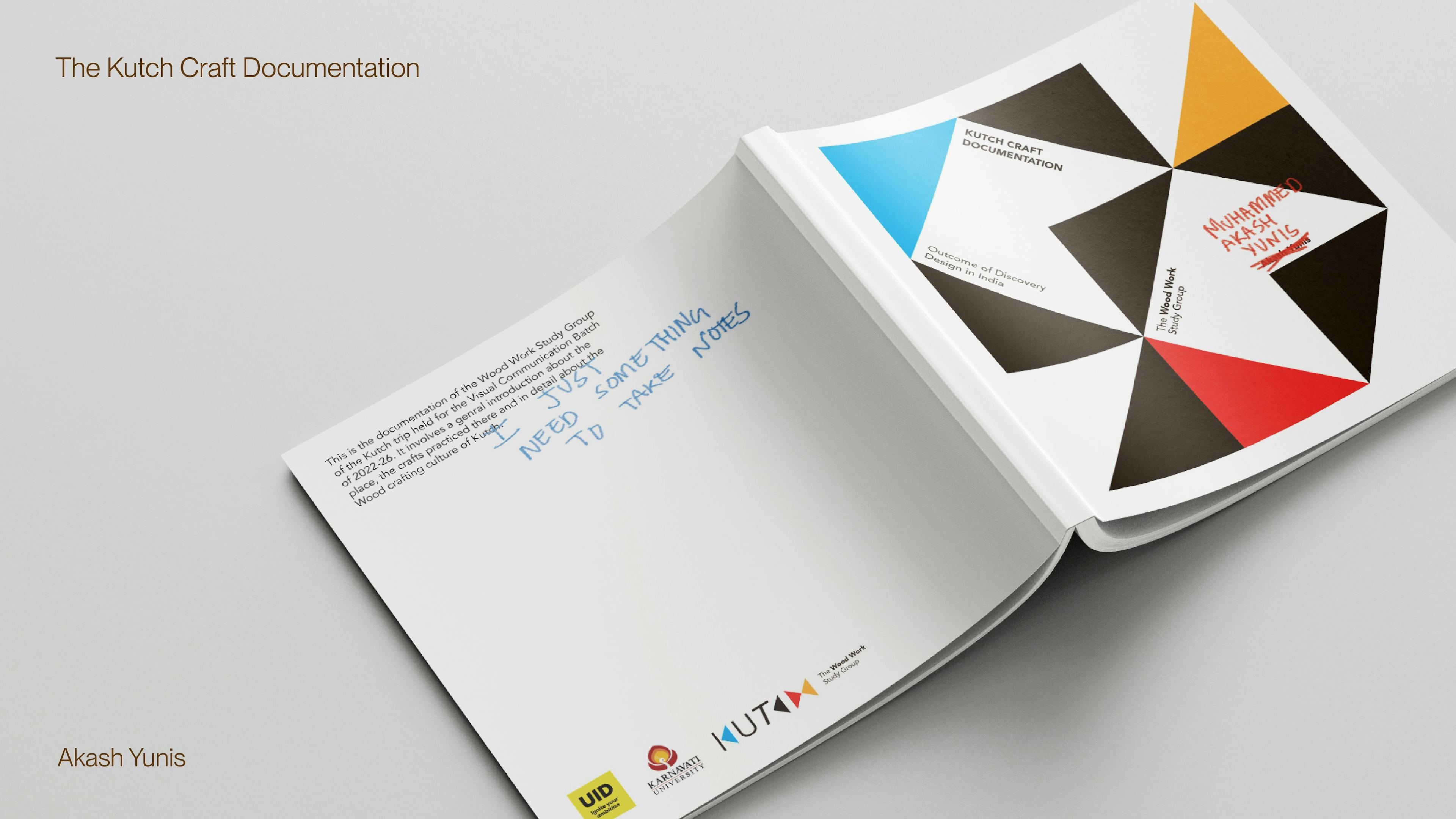
Ha ha I wouldn't think I've checked all the boxes to be a wise owl just of yet. But one thing I've gotten from these past couple of years working in multiple professional environments is to be confident in yourself. To stand your ground always and to trust your self, your work. It is truly the wild west out there and we need to watch our backs.
One other point is to understand the difference between patterns in the industry and trends in the industry. The latter is a shortcut while learning patterns leads to sustainable designs. Ones that don't look jarring after a couple of years.
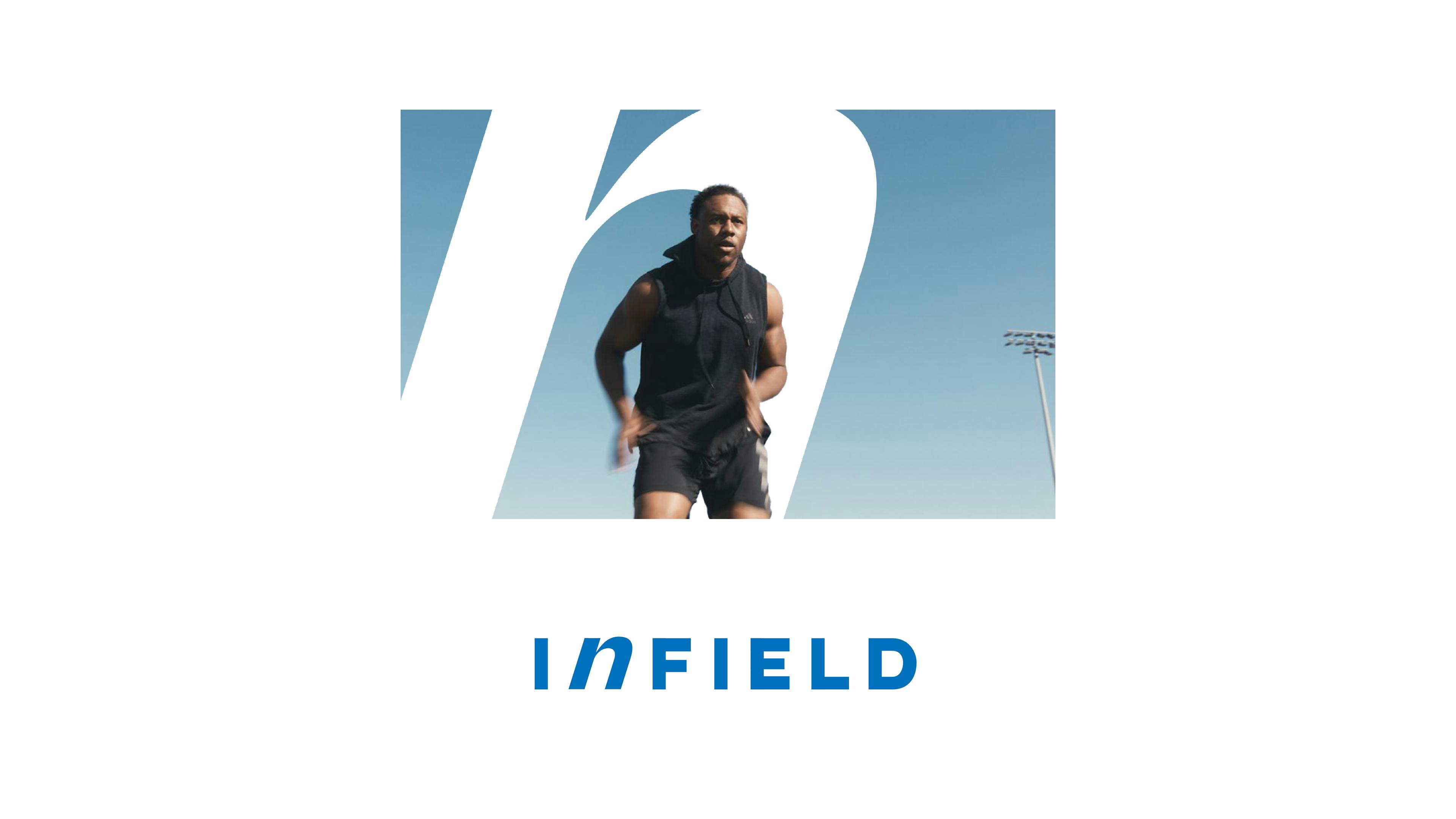
The visual identity of the company is the bridge between an organization and its audience. It is how the organization initially communicates with its audience before selling them whatever is it that they're selling. Hence, it is absolutely necessary that the identity is spot on to attract the right people.
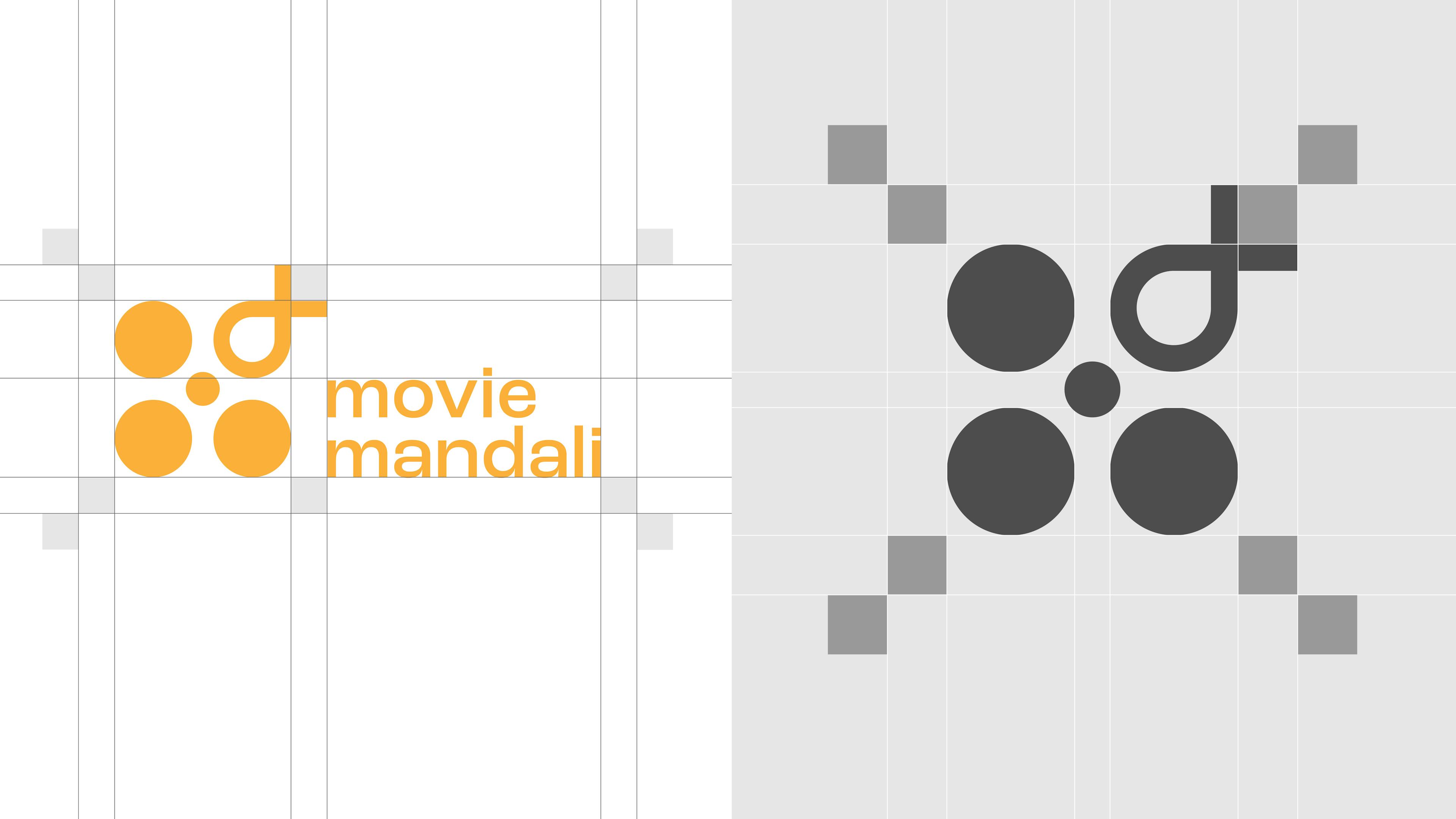
As mentioned repeatedly above, I board on a client with clear intentions of treating then like a team member. I assure my clients complete transparency as long as they provide me the appropriate amount of creative freedom required. Depending on from projects to project, the technicalities change. But its ultimately about holding their hand through the whole journey and being an appropriate faciliatory for their ideas.
After initial communications, terms and conditions are discussed before officially moving into the project. A big project calls for a contract and an advance payment. After that each step is described in detail, regular meetings are ensured and I always hope to complete a project before the estimated date, because isn't that a nice touch.
